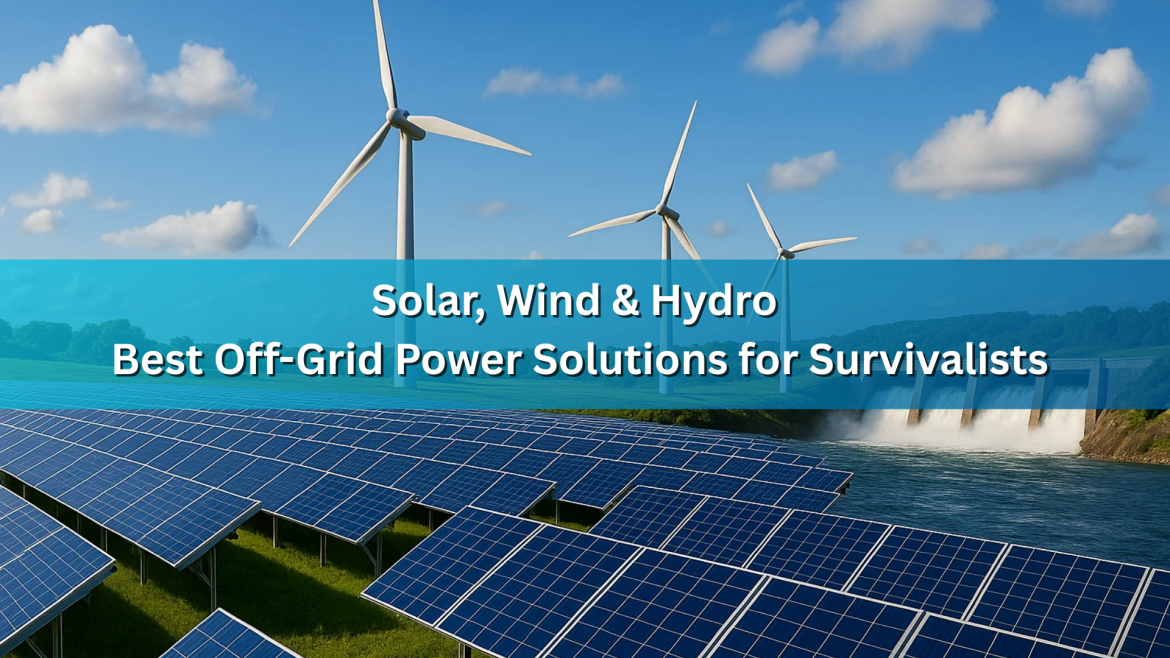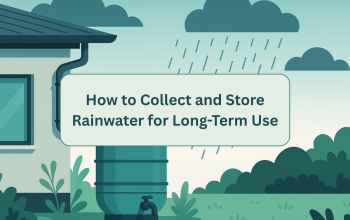In a world where grid failures, disasters, or remote living scenarios are becoming increasingly common, having a reliable off–grid power source is no longer just a luxury—it’s a survival necessity. Whether you’re a homesteader, a prepper, or a wilderness explorer, understanding and implementing the best off–grid power solutions can ensure comfort, communication, and continuity. This guide explores the most effective renewable energy options for self-sufficient living: solar, wind, and hydro power.
Why Off–Grid Power is Crucial
- Enables independence from the public grid: No reliance on unstable infrastructure.
- Supports vital systems: Powers lighting, communication, refrigeration, and more.
- Critical during long–term disasters or remote survival: A lifeline when the grid goes down.
- Eco–friendly and sustainable energy generation: Harness nature without harming it.
1. Solar Power Systems
How It Works:
Solar panels convert sunlight into electricity using photovoltaic cells, which can power devices directly or charge batteries for later use.
Best Uses:
- Lighting
- Phone charging
- Refrigeration
- Water pumping
Pros:
- Widely available and easy to install
- Scalable from small devices to full systems
- Low maintenance
Cons:
- Dependent on sun exposure
- Reduced output during cloudy or winter conditions
Components:
- Solar panels
- Charge controller (regulates battery charging)
- Inverter (converts DC to AC for appliances)
- Deep–cycle batteries (store energy)
Popular Setups:
- Portable fold-out solar kits for emergencies
- Rooftop or ground-mounted arrays for homesteads
2. Wind Power Systems
How It Works:
Wind turbines harness kinetic energy from the wind and convert it into electricity via a generator.
Best Uses:
- Backup power in off-grid cabins or homesteads
Pros:
- Works day and night if wind is present
- Complements solar power
Cons:
- Needs consistent wind (ideally 10+ mph)
- Mechanical parts require maintenance
- Generates noise
Ideal Locations:
- Open plains, hills, coastal areas
- Properties with at least 1-acre open space
3. Micro–Hydro Power Systems
How It Works:
Flowing water spins a turbine that generates electricity through a connected generator.
Best Uses:
- Continuous power in rural or mountainous areas with water flow
Pros:
- Reliable 24/7 power source
- High energy output from small systems
- Works regardless of weather
Cons:
- Requires access to flowing water (stream, creek)
- May need permits in some areas
- Initial installation is complex
4. Hybrid Systems: The Best of All Worlds
Combining solar, wind, and hydro increases resilience and ensures year-round power.
Hybrid Benefits:
- Compensates for individual system limitations (e.g., no sun? Wind or water steps in)
- More consistent power output
- Ideal for remote, full-time off-grid living
Tips for Setup:
- Use battery banks to store surplus energy
- Install power meters to monitor input/output
- Diversify placement to maximize environmental conditions
5. Battery Storage and Power Management
No off-grid system is complete without efficient energy storage.
Battery Options:
- Lead–acid: Affordable but heavier and shorter lifespan
- Lithium–ion: Lightweight and longer-lasting, but more expensive
Inverter Types:
- Pure sine wave: Ideal for sensitive electronics (e.g., laptops)
- Modified sine wave: Suitable for basic devices (e.g., lights, fans)
Frequently Asked Questions (FAQs)
1. Which off–grid power system is best for beginners?
Solar is the easiest to install and scale, making it ideal for newcomers.
2. Can I power an entire home off–grid?
Yes—with the right combination of solar, wind, or hydro and a large battery bank.
3. What’s the most reliable off–grid system year–round?
Micro-hydro offers the most consistent output if water flow is available year-round.
Conclusion
Off–grid power solutions are the backbone of self-reliant survival living. By choosing the right mix of solar, wind, or hydro—and implementing efficient storage—you can maintain modern comforts and life-saving systems even when the grid goes dark.
🔋 What off–grid power system are you using or planning to install? Share your setup in the comments!




